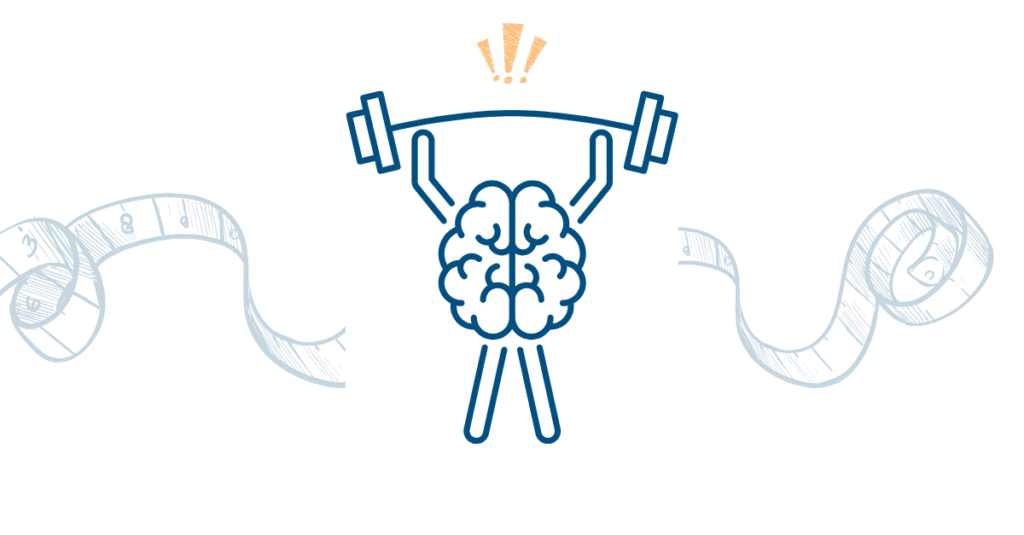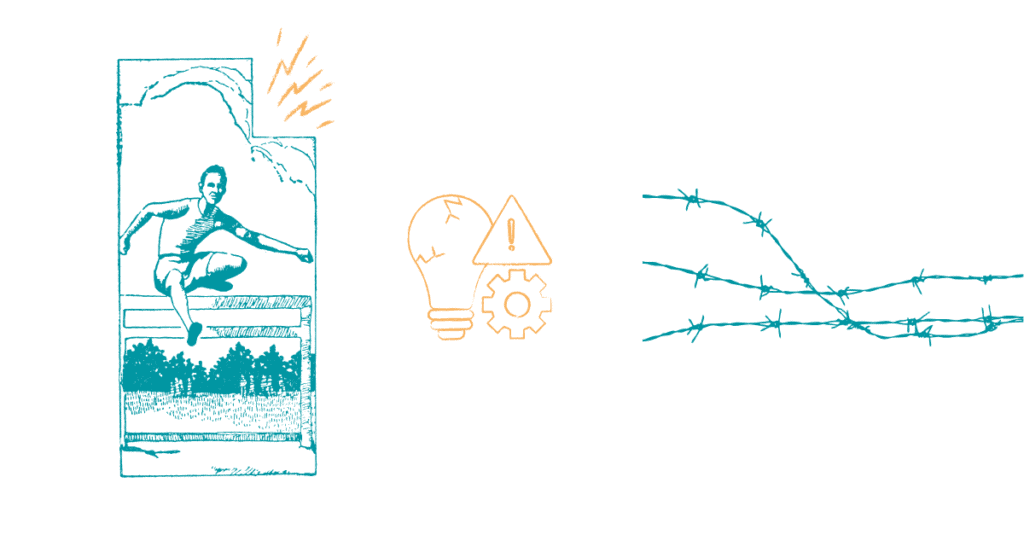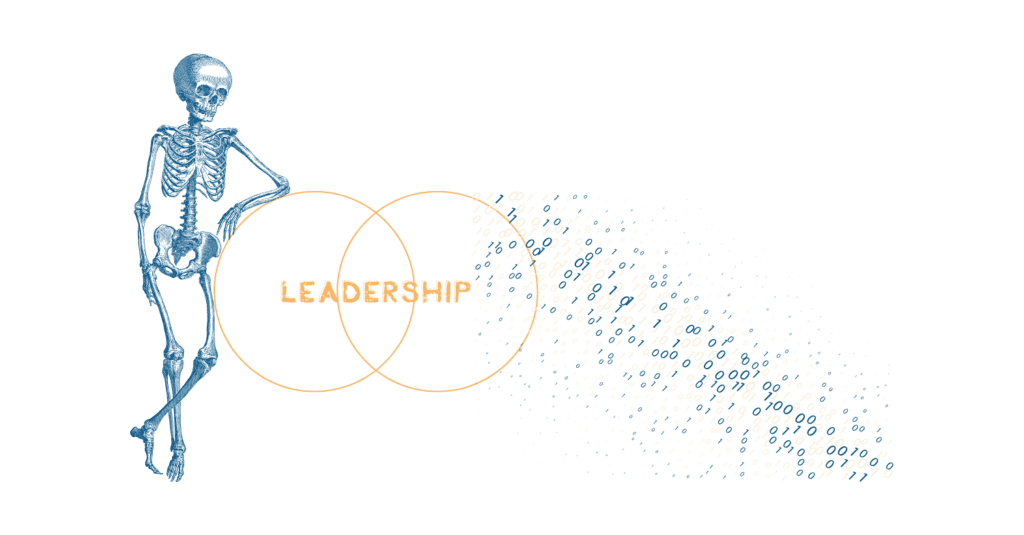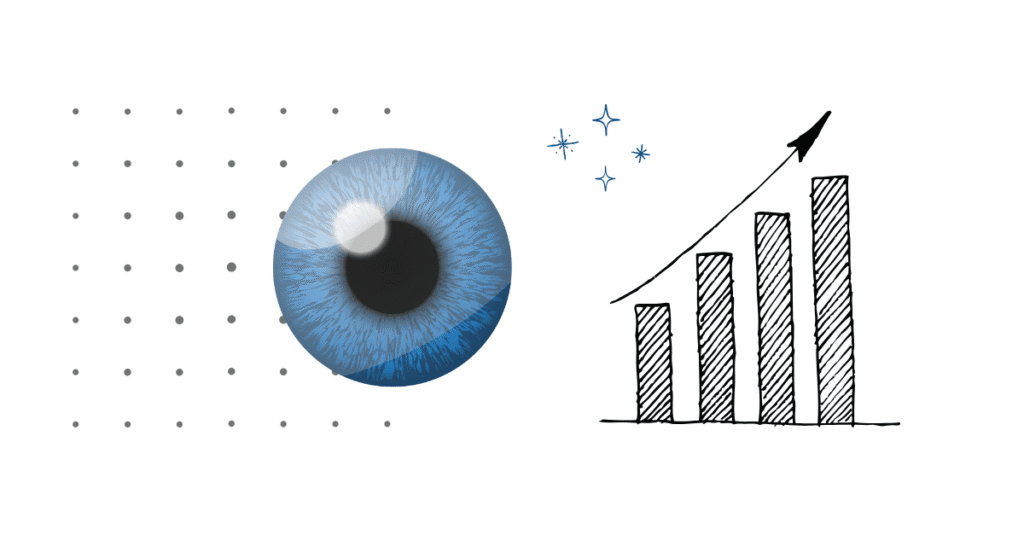Artificial intelligence is transforming more than workflows – it’s also reshaping leadership behavior and performance management. Leaders who work with AI need new, relevant KPIs to evaluate their own effectiveness, team dynamics, and the collaboration between humans and intelligent systems.
This article explores which KPIs are truly useful in an AI leadership context – and how to tell whether your organization is ready to use them.
What does AI-supported leadership mean?
AI-supported leadership refers to a leadership approach where managers use artificial intelligence to make data-driven decisions, analyze team processes, and tailor leadership to individual needs. Importantly, the focus is not on technology itself, but on the question: How can AI enable better, more informed, and more human leadership?
A practical example
Imagine a team meeting where an AI system has analyzed recent sentiment data, communication patterns, and stress signals. Instead of relying solely on intuition, the leader receives early insights into potential conflicts, overwork, or hidden concerns. With this clarity, they can intervene proactively – not to control, but to support with responsibility and transparency.
How it differs from traditional leadership
While traditional leadership relies heavily on experience, hierarchy, and KPI dashboards, AI-supported leadership expands this picture. It integrates new data sources, identifies patterns in real time, and supports – but does not replace – human decision-making. The responsibility remains firmly with people: AI is an assistant, not the decision-maker.
Goals of AI-supported leadership:
- Make more informed and fairer decisions – based on patterns and trends, while reducing unconscious bias in personnel decisions
- Individual leadership and continuous development – through personalized development paths, real-time feedback, and proactive skill gap analyses instead of rigid annual reviews
- Early warning systems and preventive management – for team culture, motivation, stress, and work-life balance, to identify problems before they escalate
- Strategically reduce leadership capacity – automate administrative tasks and scale best practices to create space for interpersonal quality and emotional intelligence
- Data-driven team optimization – Intelligent team composition based on skills and work styles, as well as needs-based resource allocation
- Ethical and transparent integration – Clear labeling of AI-supported processes while maintaining human ultimate responsibility and decision-making authority
In short: AI leadership shifts the focus from control and efficiency toward context, relationships, and adaptive systems. To measure this effectively, we need new KPIs that match this new reality.
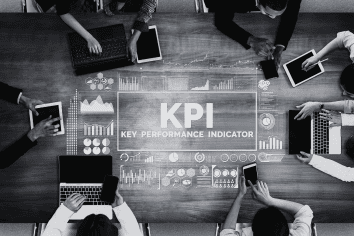
Why traditional KPIs are no longer enough
Classic performance indicators – revenue growth, target achievement, productivity – have long been the backbone of leadership. But in the age of AI, they often miss the point. What we measure determines what we focus on – and how we lead.
Leadership is less linear
In adaptive systems, cause-and-effect rarely follow a simple pattern. Decisions emerge through the interaction of humans, technology, and context. Traditional KPIs don’t capture this complexity – and can even create the wrong incentives.
Relationships are hard to quantify
Trust, psychological safety, and collaboration are critical for team success – yet they’re often absent from traditional dashboards. These factors can be measured (e.g., through pulse surveys or AI-based language analysis), but they are rarely tracked systematically.
AI changes what can be measured
Beyond output, we can now analyze processes, behaviors, and culture – such as patterns in feedback loops or team sentiment trends. The question is no longer can we measure this? but do we want to?
Bottom line: Traditional KPIs focus on output. AI leadership requires measuring input, relationships, and system dynamics – otherwise its potential remains untapped.
What makes a good KPI in the age of AI leadership?
Not every metric is useful as a leadership compass in an AI-driven environment. Effective KPIs must go beyond performance tracking to capture the complex interaction between people, machines, and organizations.
Five qualities of strong AI leadership KPIs
- Adaptive
KPIs must evolve with changing conditions. Quarterly static reporting isn’t enough – indicators should be revisited and adjusted regularly. - Multidimensional
Leadership happens on the outside (processes, numbers) and the inside (values, relationships). Good KPIs balance both – e.g., efficiency and psychological safety. - Context-sensitive
Metrics only make sense in context. For example, “increasing meeting time” might signal either stronger collaboration or inefficiency. KPIs must be interpreted, not applied blindly. - Transparent and explainable
Especially with AI analysis, leaders and employees must understand where data comes from and how conclusions are drawn. Black-box metrics undermine trust. - Ethically grounded
KPIs should never drift into surveillance or manipulation. Instead, they should encourage growth, dialogue, and a healthy feedback culture.
In short: Good AI-era KPIs are adaptive, multidimensional, contextual, transparent, and ethical. They serve development – not control.
Get exclusive access to cutting-edge insights and expertly curated tools on digital evolution, cultural transformation, future-forward thinking, resilience, mindfulness, and the future of work.
Which KPIs work in practice?
When leadership is supported by AI, what can we actually measure? Below are practical examples, grouped into three key domains: people, systems, and technology.
Human-centric KPIs
Measure collaboration quality, trust in AI-driven decisions, and team dynamics.
- Real-time team satisfaction
Via pulse surveys or sentiment analysis in communication tools. Early warning for conflict or disengagement.
Example: Target value: >7/10 in satisfaction score | Alarm threshold: <5/10
Measurement method: 3-5 questions via MS Teams/Slack, response rate >80% - Trust in AI-supported decisions
Tracks how often employees follow or question AI recommendations. Indicates acceptance and limits of AI.
Measurement recommendation: Recorded as “override rate”: How often are AI recommendations overruled by leaders?
Target range: 15-25% as a healthy balance between trust and critical review.
Example: When it comes to promotion proposals, managers follow AI recommendations 75% of the time. - Psychological safety
Through surveys or feedback pattern analysis. Critical for innovation and learning culture.
Measurement recommendation: Measured using Amy Edmondson’s 7-question assessment, collected quarterly.
Benchmark: Score >6/7 for high-performance teams
Measurement: Anonymous survey with questions such as “I am not blamed for mistakes.” - Employee retention after the introduction of AI
Measurement of turnover before/after the introduction of AI management tools
Target: <10% annual turnover, reduction of at least 20% after the introduction of AI
Highly engaged teams have a 43% lower turnover rate - Quality of 1:1 time
Proportion of strategic vs. administrative topics in employee appraisals
Target: >70% value-adding discussions by relieving employees of routine tasks through AI
Systemic KPIs
Show how adaptive, agile, and connected the organization is under AI leadership.
- Time-to-adapt
How quickly teams adopt new tools, processes, or requirements.
Measurement recommendation: Benchmark: <30 days for simple tools, <90 days for complex systems
Measurement: Usage data from the tools themselves (active users, feature adoption) - Network collaboration density
Degree of cross-team collaboration, revealed by meeting, project, or communication data.
Measurement recommendation: Analysis via Microsoft Viva Insights or Slack Analytics
Key figure: Cross-team collaborations per quarter - Team self-management
Extent to which teams prioritize, decide, and reflect independently – with or without AI.
Measurement recommendation: Percentage of independent decisions without escalation
Maturity level: >60% autonomous decisions = high team maturity
Tracking: Number of escalations to higher management levels
Technological KPIs
Evaluate AI’s own contribution to leadership.
- Transparency of AI decisions
How well employees understand and trust AI recommendations.
Measurement recommendation: Standard: 100% for personnel-related decisions
Measurement: Explainability score of the models used - Bias detection and reduction
Frequency of algorithmic bias – and how quickly it’s corrected. Measurement recommendation: Measurement: Quarterly review using tools like IBM AI Fairness 360
Objective: Disparity rate <20% between demographic groups - Usage intensity per leader
Tracks how frequently leaders use AI tools – and in what contexts. Measurement recommendation: Percentage of actively used AI features per manager
Target value: >70% regular use (at least weekly)
Deep Dive: Which features are ignored and why?
In short: Relevant KPIs for AI leadership aren’t just numbers. They are tools to make relationships, adaptability, and responsibility visible.
Common challenges when introducing AI-related KPIs
As valuable as modern KPIs are, adopting them isn’t straightforward. The main hurdles are cultural, not technical.
- Lack of trust in data
Leaders may question whether they can rely on AI-based metrics. If methods aren’t transparent, KPIs risk being ignored.
Solution: Explain sources, calculations, and limitations. Involve leaders early in KPI design. - Overload from too many KPIs
Measuring everything leads to “KPI fatigue.” Critical metrics get lost in the noise.
Solution: Focus on a handful of meaningful indicators per domain. Prioritize KPIs that shape leadership, not just reporting. - Conflict with existing incentive systems
New KPIs (e.g., trust, collaboration) may clash with old ones tied to revenue or bonuses.
Solution: Introduce gradually and align with performance systems to avoid contradictions. - Cultural immaturity
KPIs like “trust” or “psychological safety” won’t work in organizations lacking feedback culture. They risk being seen as control mechanisms.
Solution: Embed KPIs within broader cultural development, supported by dialogue and reflection.
Bottom line: Introducing AI leadership KPIs is not a technical rollout – it’s a cultural maturity process.
Conclusion: The traits of strong KPIs
Effective AI leadership requires a new way of steering organizations – and new KPIs that reflect it. The goal isn’t to add more data points, but to measure what truly matters: the health of relationships, systems, and learning.
Checklist: Strong KPIs for AI leadership are:
- Human-centered: Capture trust, relationships, and development – not just performance.
- Systemic: Reflect not just outcomes, but the dynamics behind them.
- Adaptive: Flexible and regularly updated.
- Context-sensitive: Meaningful only in the right context.
Ethical: Encourage responsibility, transparency, and collaboration.
Five questions leadership teams should ask themselves now
Before introducing new metrics, it’s worth stepping back. Good KPIs are not the starting point – they are the result of thoughtful leadership reflection.
- What does good leadership mean to us in an AI-driven world?
- What do we actually want to make visible with our KPIs?
- How do we balance AI support with human responsibility?
- How can we measure collaboration, not just individual performance?
- How do we ensure KPIs drive development, not control?

Leverage artificial intelligence with our AI for managers training
Become part of the New Leadership Community:
Receive regular exclusive insider knowledge, practical tools, and immediately implementable solutions on the topic of ‘New Leadership’.

Contact
Contact Verena for personalized information on how to become more mindful as a leader.



